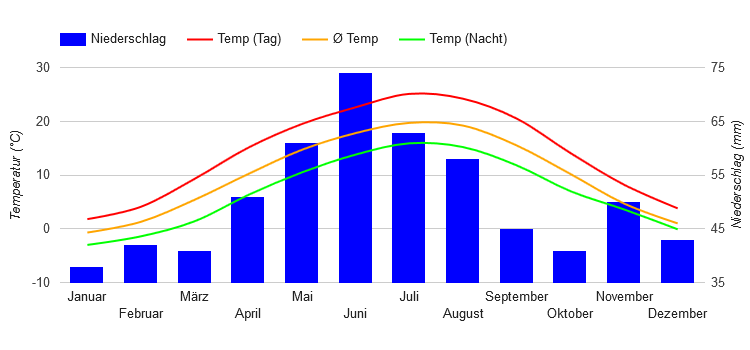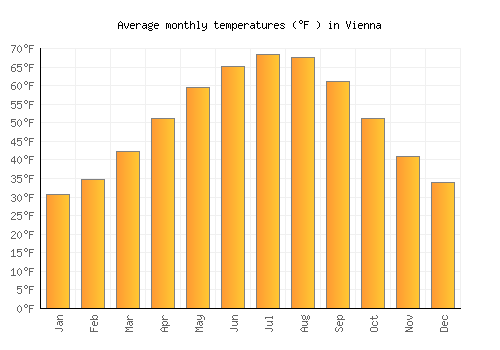

control of the borderlands of southern New Mexico and Arizona along with the authority over Oregon country, Texas and California America’s expansion wouldn’t end there. However, due to the Gadsden purchase, that lead to U.S.

The early nineteenth century in the United States was marked by its steady expansion to the Mississippi River. Native American Tribes & the Indian History in Marengo, Ohioįind Native American Indian Jewelry in South Vienna, Ohio.Native American Tribes & the Indian History in Summit Station, Ohio.Native American Tribes & the Indian History in Hillsboro, Ohio.Native American Tribes & the Indian History in Houston, Ohio.Native American Tribes & the Indian History in Trinway, Ohio.Native American Tribes & the Indian History in Wakefield, Ohio.Native American Tribes & the Indian History in West Portsmouth, Ohio.Native American Tribes & the Indian History in Westerville, Ohio.Native American Tribes & the Indian History in Neffs, Ohio.Native American Tribes & the Indian History in Mogadore, Ohio.These Native American groups met hardship as the constant flow of European immigrants into northeastern American cities pushed a stream of immigrants into the western lands already populated by these diverse groups of Indians.

The Sioux, Crows and Blackfeet dominated the Northern Plains. These American Indians, some from the Northwestern and Southeastern territories, were confined to Indian Territory located in contemporary Oklahoma, while the Kiowa and Comanche Native American tribes shared the territory of the Southern Plains. By the 1850s nearly all Native American tribes, roughly 360,000 in number, lived to the west of the Mississippi River. government’s policies towards Native Americans in the second half of the nineteenth century were motivated by the desire to expand westward into territories inhabited by these Native American tribes. It took the form of cash payments, barter, and notoriously, treaties that were nearly consistently ignored after the Indians were moved from the land in question. And so began the process of forcing the American Indian out of the way. Kings and queens from thousands of miles away were restless to find additional resources, and some colonists came for freedom and adventure. But the drive to push inland came soon after. Thus followed years of relative peace as the settlers got themselves established on American land. But that shortly gave way to trade, because the Europeans who arrived here learned that their survival was doubtful without Indian help. At the outset, they skirmished with the alarmed Indians of America’s eastern seaboard. The English, French and Spanish raced to carve up the “New World” by transporting over poorly prepared colonists as fast as they could. As those leaders learned from their explorers, the drive to colonize spread like wildfire. When European leaders dispatched the first ships in this direction, the aim was to explore new resources – however the quality of weather and the bounty of everything from timber to wildlife soon changed their tune. They were at peace with this beautiful continent and deeply plugged into nature.

While there was inescapable tribal conflict, that was just a slight blemish in the account of our forebears. Archaeologists have unearthed remarkably advanced buildings and public works. It’s a story of beautiful artwork and deep spirituality. From Mayan and Incan ruins, from the mounds left in the central and southern regions of what’s today the U.S.


 0 kommentar(er)
0 kommentar(er)
